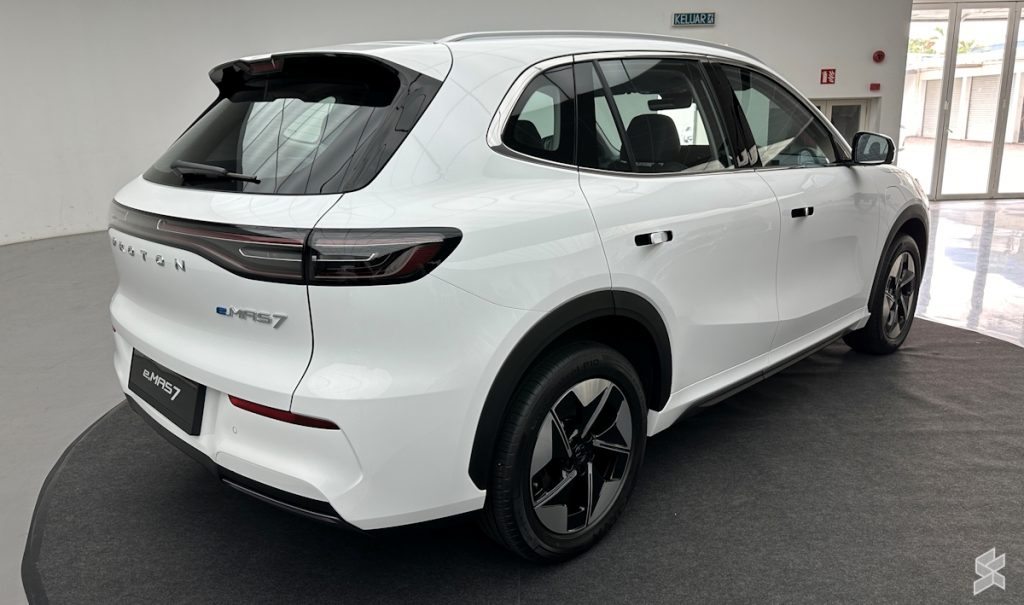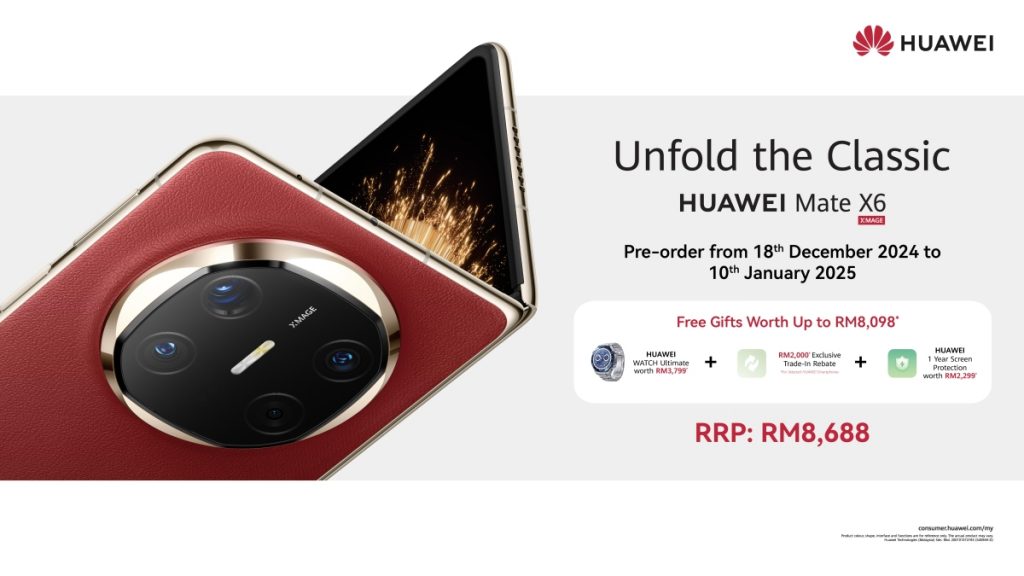Sony has a new flagship phone to offer, and in this article, we’ll compare it to the very best OnePlus has to offer. We’ll compare the OnePlus 12 vs Sony Xperia 1 VI. There are quite a few differences between these two devices, even though they do share some internals. Their price tags are also quite different. We’ll kick things off by listing out their specifications, and we’ll take it from there.
Following that, you’ll be able to see the design, display, performance, battery, camera, and audio comparisons. We do hope that this article will help you make a purchasing decision, in case you can’t decide between these two phones. Each of them has its strong suits, of course. With that in mind, let’s get to it, shall we?
Specs
OnePlus 12 vs Sony Xperia 1 VI, respectively
– Screen size:
6.82-inch LTPO AMOLED display (curved, 120Hz LTPO, HDR10+, 4,500 nits)
6.5-inch LTPO OLED display (flat, adaptive 120Hz, HDR)
– Display resolution:
3168 x 1440
2340 x 1080
– SoC:
Qualcomm Snapdragon 8 Gen 3
– RAM:
12GB/16GB (LPDDR5X)
12GB (LPDDR5X)
– Storage:
256GB/512GB (UFS 4.0)
– Rear cameras:
50MP (f/1.6 aperture, 23mm lens, 1.12um pixel size, Dual Pixel PDAF, OIS), 48MP (ultrawide, 14mm lens, 114-degree FoV, f/2.2 aperture, 0.8um pixel size, PDAF), 64MP (periscope telephoto, 0.7um pixel size, OIS, PDAF, 3x optical zoom, 6x “in-sensor” zoom)
48MP (wide, f/1.9 aperture, 24mm lens, 1.12um pixel size, dual pixel PDAF, OIS), 12MP (ultrawide, f/2.2 aperture, 123-degree FoV, 1.4um pixel size, dual pixel PDAF), 12MP (telephoto, f/3.5 aperture, 170mm lens, 1.0um pixel size, dual pixel PDAF, 3.5x-7.1x continuous optical zoom, OIS, 4cm macro)
– Front cameras:
32MP (f/2.4 aperture, 0.8um pixel size)
12MP (wide, f/2.0 aperture, 1.22um pixel size, 24mm lens)
– Battery:
5,400mAh
5,000mAh
– Charging:
100W wired, 50W wireless, reverse wireless (charger included)
30W wired, 15W wireless, 5W reverse wireless (charger & cable not included)
– Dimensions:
164.3 x 75.8 x 9.2mm
162 x 74 x 8.2mm
– Weight:
220 grams
192 grams
– Connectivity:
5G, LTE, NFC, Wi-Fi, USB Type-C, Bluetooth 5.4
– Security:
In-display fingerprint scanner (optical) & facial scanning
Side-facing fingerprint scanner
– OS:
Android 14 with OxygenOS 14
Android 14
– Price:
$799.99+
€1,399+
– Buy:
OnePlus 12 (Best Buy)
Sony Xperia 1 VI (Amazon)
OnePlus 12 vs Sony Xperia 1 VI: Design
Both of these devices are made out of metal and glass. They use aluminum for their frame. The OnePlus 12 has Gorilla Glass on its back, while the Xperia 1 VI has Gorilla Glass Victus. Sony’s smartphone has a smaller display, but it’s almost as tall as the OnePlus 12 thanks to its top and bottom bezels. It’s slightly shorter, a bit narrower, and thinner than the OnePlus 12. It’s also lighter at 192 grams, as the OnePlus 12 weighs 220 grams.
That being said, the OnePlus 12 has a centered display camera hole, and a curved display. The bezels around its display are very minimal. The Sony Xperia 1 VI doesn’t have a display camera hole or notch, but its top and bottom bezels are a bit thicker due to that fact. The Xperia 1 VI does have flat sides, and they’re also raised a bit from the rest of the phone. The OnePlus 12 actually feels entirely different in the hand due to its curved glass on the front and back. Both smartphones are very slippery in the hand, though, so keep that in mind.
Physical buttons sit on the right-hand side of both smartphones. Both devices include power/lock, volume up, and volume down buttons. The Xperia 1 VI also has a shutter key on the right side. The OnePlus 12 does include a physical switch on the left side, the alert slider. If we flip them over, you’ll notice even more differences. The OnePlus 12 includes a round camera island in the top-left corner. The Xperia 1 VI’s camera island also sits in the top-left corner, but it has a different shape and takes less space. It includes three vertically aligned cameras. Both devices are also water and dust resistant. The OnePlus 12 offers an IP65 rating, while the Xperia 1 VI comes with an IP68 rating.
OnePlus 12 vs Sony Xperia 1 VI: Display
The OnePlus 12 features a 6.82-inch QHD+ (3168 x 1440) LTPO AMOLED display. That panel is curved, and it has an adaptive refresh rate of up to 120Hz. It can project up to 1 billion colors, and supports Dolby Vision. HDR10+ content is also supported here, while the display gets immensely bright, up to 4,500 nits, in theory, even though you’ll never get there. The screen-to-body ratio here is around 90%, while the Gorilla Glass Victus 2 protects this panel.

The Sony Xperia 1 VI features a 6.5-inch fullHD+ (2340 x 1080) LTPO OLED display. That panel is flat, and its refresh rate goes up to 120Hz. HDR content is supported here, while the panel can project up to 1 billion colors. The screen-too-body ratio here is around 86%, while the Xperia 1 VI’s display is protected by the Gorilla Glass Victus 2 from Corning. The display aspect ratio is 19.5:9.
Both of these displays are really good, actually. Both of them offer vivid colors, great viewing angles, and both are sharp enough. Do note that the OnePlus 12’s panel is sharper, but the vast majority of people won’t even notice the difference. You will notice the difference in the brightness department, though. The Xperia 1 VI’s display will be bright enough for most people, but the OnePlus 12’s does get brighter. You’ll especially notice that difference in direct sunlight.
OnePlus 12 vs Sony Xperia 1 VI: Performance
Qualcomm’s Snapdragon 8 Gen 3 SoC fuels both of these smartphones. That is a 4nm processor, and one of the best on the market at the moment. Both devices utilize LPDDR5X RAM, the OnePlus 12 has up to 16GB, while the Sony Xperia 1 VI offers 12GB of RAM. Both devices also utilize UFS 4.0 flash storage. The Xperia 1 VI even offers storage expansion, if that’s something you need.
The performance is really good on both sides, actually. Both devices will breeze through the vast majority of tasks you throw at them. Regular, everyday tasks are no issue whatsoever, and that goes for basically anything you can think of. Both software implementations are well-optimized and can handle image processing, web browsing, multimedia consumption, heavy multitasking, and so on.
Even demanding games are not a problem with either phone. One thing to note here is that the OnePlus 12 has better cooling, and doesn’t throttle CPU and GPU when it comes to demanding games. The Xperia 1 VI has a tendency to do that, unfortunately. Still, even with that in place, the phone offers really good gaming performance. I just felt the need to mention it. Both of these smartphones will do a great job.
OnePlus 12 vs Sony Xperia 1 VI: Battery
There is a 5,400mAh battery inside the OnePlus 12. The Sony Xperia 1 VI, on the flip side, includes a 5,000mAh unit. The Xperia 1 VI does offer really, realy good battery life, but it can’t trump the OnePlus 12. The difference is not huge, but the OnePlus 12 definitely offers better battery life. That’s not all that surprising considering the larger battery, even though that doesn’t tell the whole story, of course.
The battery life numbers will depend on your usage, of course. It is possible to cross the 7-hour screen-on-time mark with both phones, though, without battery saving modes. The OnePlus 12 can actually fly above that mark. Do note that gaming will affect battery life in a negative way, and some other demanding tasks, of course. Still, the battery life on both phones is really solid, just remember that you may get considerably different results based on a number of factors. That is never easy to predict.
The OnePlus 12 completely crushes the Sony Xperia 1 VI in terms of charging. It supports 100W wired, 50W wireless, and 10W reverse wireless charging. The Xperia 1 VI offers 30W wired, 15W wireless, and 5W reverse wireless charging. Do note that only the OnePlus 12 comes with a charger in the box. The Xperia 1 VI doesn’t include a charger, and it doesn’t even have a charging cable in the retail box.
OnePlus 12 vs Sony Xperia 1 VI: Cameras
Both of these phones have three cameras on the back. The OnePlus 12 includes a 50-megapixel main camera, a 48-megapixel ultrawide unit (114-degree FoV), and a 64-megapixel periscope telephoto camera (3x optical zoom). The Xperia 1 VI, on the other hand, has a 48-megapixel main camera, a 12-megapixel ultrawide unit (123-degree FoV), and a 12-megapixel telephoto camera (3.5x-7.1x continuous optical zoom).


The camera performance from both smartphones is great, though different. The OnePlus 12 has a tendency to prefer a bit more contrasty shots, though not too contrasty. Sony’s flagship tries to keep things closer to a real-life look. Both phones provide vibrant shots, full of details, and they’re usually really well-balanced. The dynamic range is excellent from both phones, and that even goes for low-light photos. The differences in style are especially noticeable in low light.
Their ultrawide cameras do a good job of keeping up with the main shooters in terms of color science. The same can be said for telephoto cameras, actually. Both phones do a great job in that regard, and they’re even more than usable in low light. It all depends on what type of photos you prefer, but both of these smartphones are great in that regard.
Audio
Both devices include a set of stereo speakers. They’re both good in terms of audio output, but the Sony Xperia 1 VI’s are louder, considerably louder. There is no distortion to speak of on either side, even at the highest of volumes.
The Xperia 1 VI even includes an audio jack, which is not something you’ll find on the OnePlus 12. You can always utilize its Type-C port to connect your wired headphones, though. Both smartphones offer Bluetooth 5.4 for wireless audio connections.



